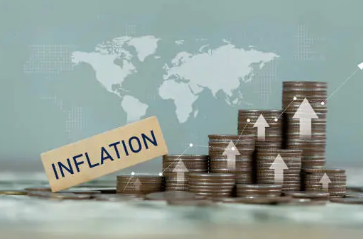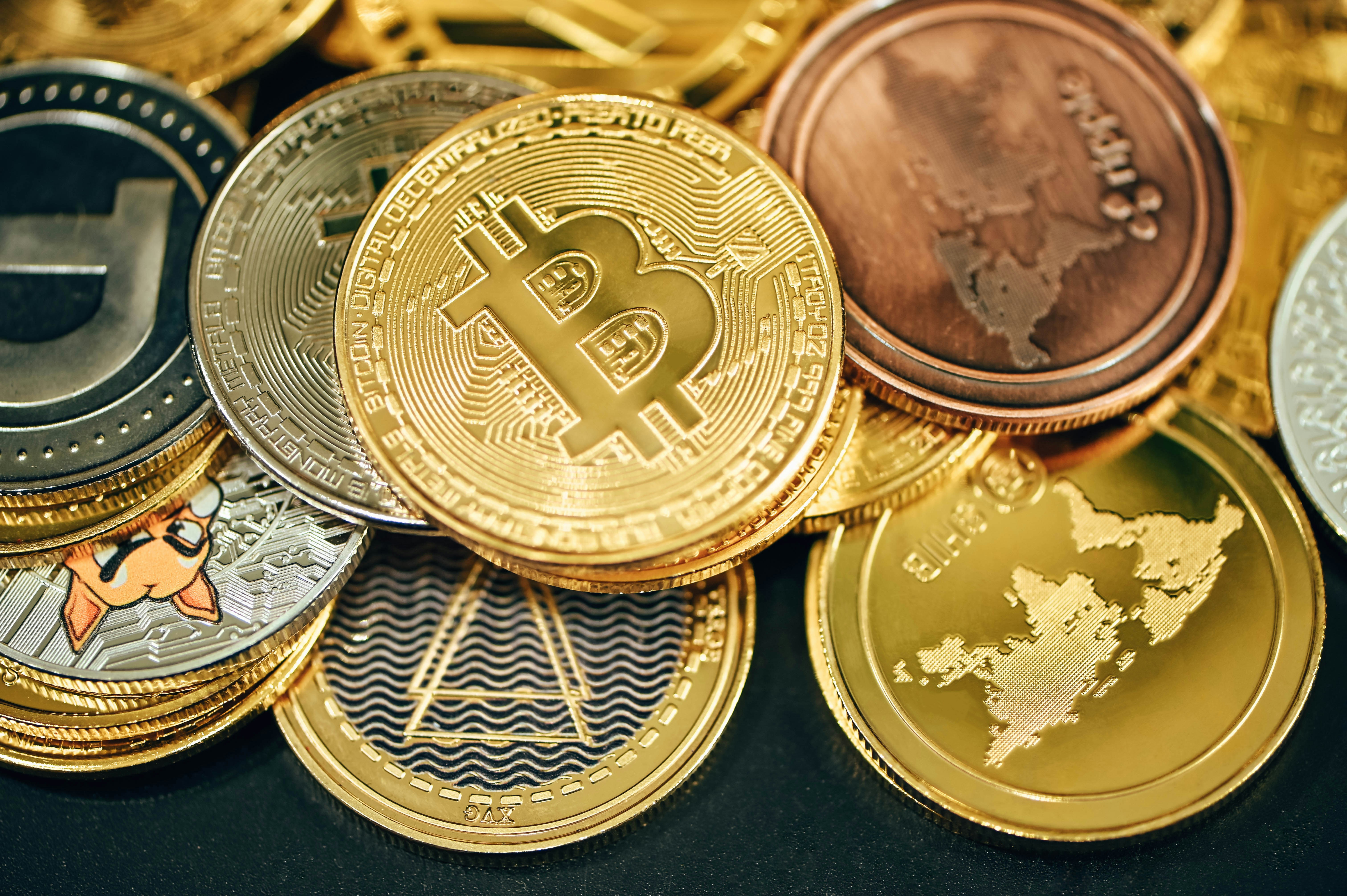Global Inflation Trends: What Consumers and Investors Should Know in 2025

Global Inflation Trends: What Consumers and Investors Should Know in 2025
Inflation continues to be a critical economic issue in 2025. After the economic shocks of the early 2020s—including the COVID-19 pandemic, global supply chain disruptions, and geopolitical conflicts—economies worldwide have entered a new era of inflationary uncertainty. For both consumers and investors, understanding the current inflation trends is essential for making informed decisions and safeguarding financial stability.
What Is Inflation?
Inflation refers to the general increase in the prices of goods and services over time, leading to a decrease in purchasing power. When inflation rises, each unit of currency buys fewer goods and services. Central banks often aim for a moderate inflation rate—typically around 2%—to maintain economic stability.
However, when inflation exceeds target levels, it can erode savings, increase the cost of living, and destabilize financial markets.
The Current State of Global Inflation
In 2025, inflation rates vary significantly across regions:
- United States : After peaking in 2022–2023, inflation has moderated but remains above the Federal Reserve’s target. Wage growth and housing costs continue to exert upward pressure on prices.
- European Union : Inflation has stabilized in some Eurozone countries, but energy price volatility and political uncertainty still impact consumer prices.
- Emerging Markets : Several developing economies are experiencing high inflation due to currency devaluation, fiscal deficits, and external debt pressures.
- Asia-Pacific : Inflation is relatively under control in countries like Japan and China, but fluctuating commodity prices pose ongoing risks.
Key Drivers of Inflation in 2025
Several structural and cyclical factors are shaping inflation trends this year:
1. Persistent Supply Chain Disruptions
While much of the COVID-related disruption has eased, issues like semiconductor shortages, shipping delays, and geopolitical tensions (e.g., in the South China Sea) still create bottlenecks in global trade.
2. Energy and Commodity Prices
Oil, gas, and essential minerals have seen price spikes due to reduced investment in fossil fuels, climate-related disasters, and conflicts in resource-rich regions. These increases ripple through economies, raising the cost of goods and transportation.
3. Wage Growth and Labor Shortages
In many developed economies, tight labor markets have led to wage increases. While good for workers, rising labor costs can lead to higher prices for goods and services, contributing to inflation.
4. Monetary and Fiscal Policy Responses
Central banks are balancing interest rate hikes to control inflation while avoiding recession. In contrast, some governments continue expansive fiscal policies, which can exacerbate inflation if not carefully managed.
How Inflation Affects Consumers
Inflation directly impacts the cost of everyday living:
- Higher Prices for Essentials : Groceries, utilities, and healthcare have all become more expensive.
- Reduced Purchasing Power : Salaries may not keep pace with rising costs, leading to a lower standard of living.
- Credit Costs : Interest rates on mortgages, credit cards, and personal loans have increased in many countries.
To mitigate these effects, consumers are shifting spending habits, embracing budgeting tools, and seeking inflation-protected investment vehicles like Treasury Inflation-Protected Securities (TIPS).
Implications for Investors
Investors face a challenging environment in 2025. Here’s how inflation influences various asset classes:
Equities
- Impact : High inflation can erode profit margins and reduce consumer spending, hurting corporate earnings.
- Opportunity : Certain sectors—like energy, healthcare, and consumer staples—tend to perform better in inflationary periods.
Bonds
- Impact : Inflation reduces the real return on fixed-income investments.
- Strategy : Investors are favoring short-duration bonds, inflation-linked securities, and floating-rate instruments.
Real Estate
- Impact : Property values may rise with inflation, but higher interest rates can suppress demand.
- Strategy : Real estate investment trusts (REITs) and rental properties in high-demand markets remain attractive.
Commodities and Gold
- Impact : Often seen as a hedge against inflation, commodities can gain value during inflationary spikes.
- Strategy : Diversification into gold, silver, and agricultural commodities is common.
How to Navigate Inflation in 2025
For Consumers
- Budget Carefully : Track expenses and prioritize essential spending.
- Increase Financial Literacy : Understand how inflation affects your savings, loans, and investments.
- Negotiate Salaries : Align your income growth with inflation trends.
For Investors
- Diversify Portfolios : Avoid over-concentration in any single asset class.
- Consider Inflation-Protected Assets : Look into TIPS, commodities, and dividend-paying stocks.
- Monitor Central Bank Policies : Stay informed about interest rate changes and monetary policy statements.
Looking Ahead: Will Inflation Stay Elevated?
Economists are divided on whether current inflationary pressures will persist. Some believe structural shifts—such as deglobalization, climate policy, and demographic changes—could make moderate inflation a long-term feature of the global economy. Others expect inflation to return to pre-2020 levels as supply chains normalize and technological advancements drive efficiency.
Regardless of where inflation heads, consumers and investors must stay informed and adaptive.
Conclusion
Inflation is reshaping the global economic landscape in 2025. Whether you're a household managing monthly expenses or an investor allocating capital, understanding inflation trends is crucial. By recognizing the drivers, risks, and strategies for navigating inflation, you can better protect your financial well-being and seize opportunities in an evolving market.




